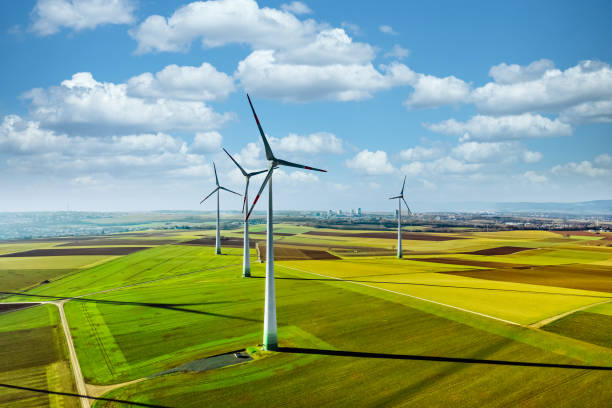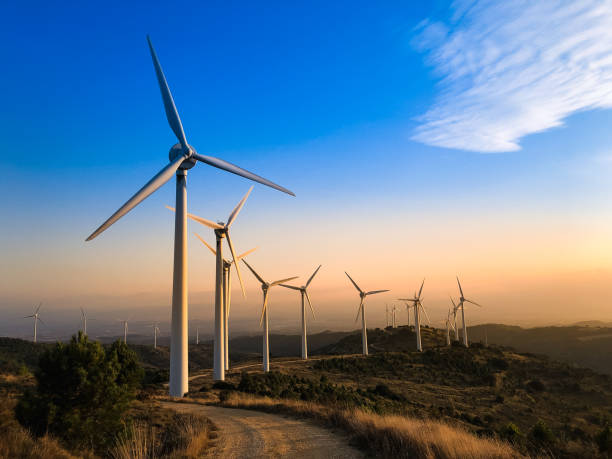An industry body responsible for the energy systems in the UK and Ireland is urging for a reform of how connections are made to the grid after an “unprecedented” number of applications in the past year. Energy Networks Association (ENA) has claimed 164GW of new connection requests were received in the year to October, more than twice the entire grid’s capacity. Many of these new applications are for renewable energy sources. In response, ENA published a three-step plan for reform to speed up connections to the grid. It believes urgent action is needed to respond to an “unprecedented number of new connection applications” as the country targets net zero. In a statement, ENA said: “The existing connections model was designed for a generation of old technology, when far fewer projects with a much higher degree of certainty wanted to connect. “Using the same model today is not fit for purpose, especially when many of the projects seeking connection are not yet ‘connection ready’ or do not have final investment decisions in place. “The boom in applications, spurred on by the government’s net zero target, means a modern approach to managing connections is needed.” The three steps ENA has outlined to speed up the process of connecting new projects to the distribution network. The first is to reform the distribution network connections queue, promoting mature projects that are closer to delivery above those that may be “blocking” the queue. The second is to change how transmission and distribution networks coordinate connections, while the third demands greater flexibility for storage customers through new contractual options.

ENA Claims These Steps Will Complement Work Currently.
under way by National Grid at the transmission level through its Five Point Plan. ENA electricity systems director David Boyer said: “The scale and pace of low-carbon power growth is something we should all be proud of. Developers and networks have connected around 50GW of renewable power since the ‘90s. But it’s clear that what got us here won’t get us there. If we are to meet net zero, we need to deliver even more, and do it even faster. “The changes we’ve announced today will go a long way to speeding up connections, but more fundamental changes will be needed. Through the regulatory regime, we need to overhaul how connections are managed and enable networks to invest in capacity early. “This early investment is crucial if we are to power millions of electric vehicles and heat pumps and connect the massive amounts of renewables and batteries we know are needed in the coming decade.” National Grid’s Future Energy Scenarios modelling shows that Great Britain needs between 123-147GW of low carbon transmission generation by 2030 to be on a net zero compliant pathway. There is currently 83GW connected. Peak electricity demand in 2022 was 46GW but there are now 307GW of projects in the connection queue (257GW transmission and 50GW distribution), according to ENA, far exceeding the Future Energy Scenarios’ most ambitious scenarios. At a transmission level, National Grid Electricity Transmission is investing £9bn in its network in the five years from 2021 to 2026 to maintain, adapt and upgrade its infrastructure. National Grid Electricity Transmission’s director of customer connections Roisin Quinn said: “These are positive steps which, in complement with connections reform progress by the electricity system operator and transmission owners, will help ensure transmission and distribution work hand-in-glove as part of a whole network solution to speed up connections. “We’ll continue to collaborate with ESO, distribution colleagues and industry to push for policy and regulatory reform to allow us to make earlier decisions on longer term planning and network investment, supporting faster progress towards a clean and affordable energy system.” Recently, University of Exeter renewable energy associate professor Richard Cochrane told NCE how funding is a current concern where the grid infrastructure for offshore wind is concerned. He said: “We do need better grid infrastructure. There isn’t that clarity but technically, it’s straightforward. It’s just what do you do, when and who’s going to pay for it? “Cornwall often gets onshore wind curtailed. In the summer, if it’s a sunny, windy day, often quite a few of the wind farms shut down and that is straightforward. Just upgrade that line to a bigger, diameter cable but who pays for it? “What the modelling was showing was that the demand was increasing more rapidly than the generation and that’s paid for separately. “We all do our tax to pay for the central government upgrade but it would be the developer that comes along with his new wind farm that says I’d like to put this in and then they force the developer to do the upgrade to the grid.”


Recent Comments